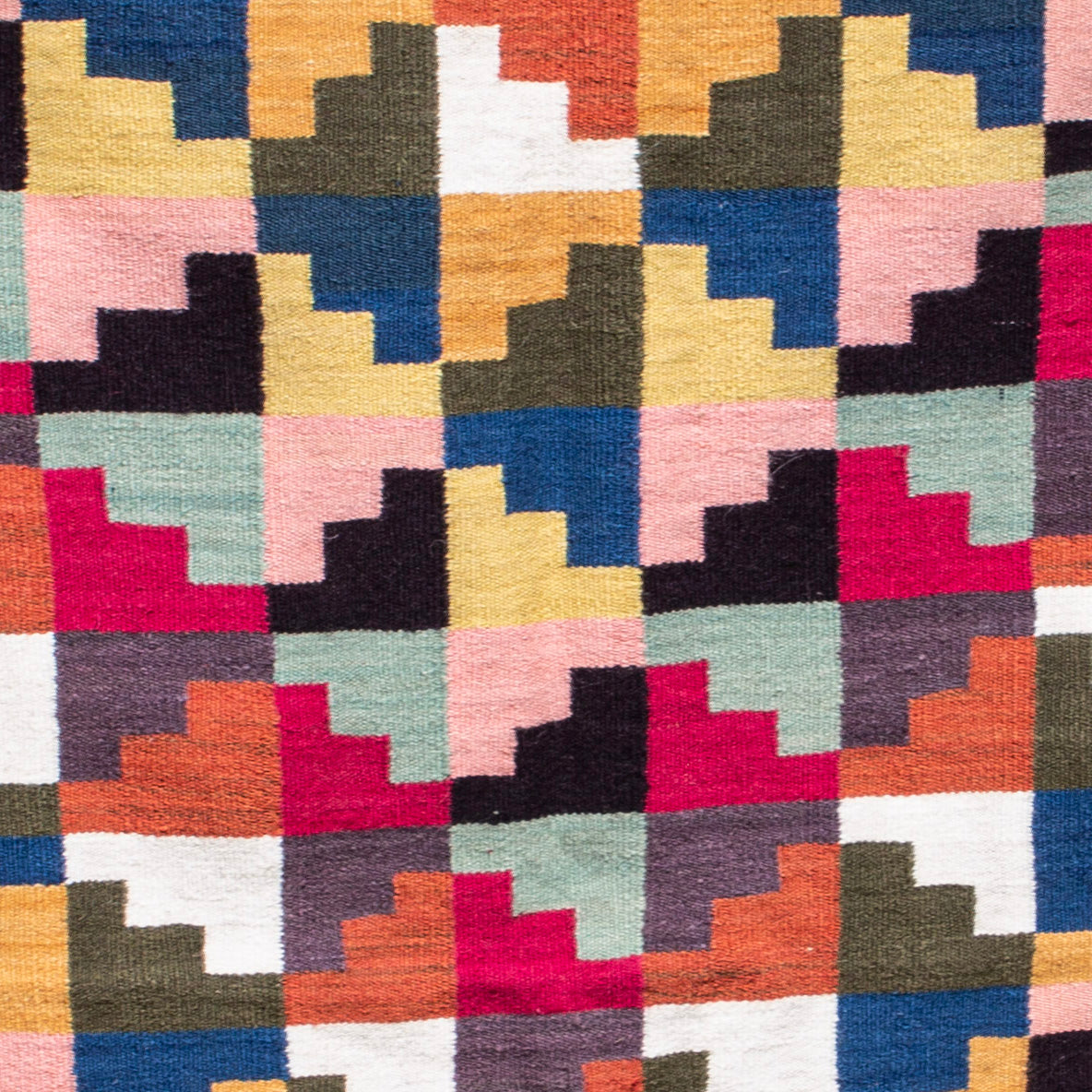Peru, Timoteo Ccarita Sacaca, Tapiz Chacana (Chacana tapestry)
Timoteo Ccarita Sacaca SWF2021
Couldn't load pickup availability
Size: 125 x 85 cm
Takes 3 months to make
During the Inca empire, the nest female weavers (aclla) from across the empire were forcibly relocated to the capital Cusco to work in the Acllawasi or 'House of the Chosen Women'. Here, too, state sponsored workshops with subsidised workers produced clothing for the nobility and the army. In Inca times these designs were only allowed to be used by the Inca king and those to whom he made gifts of special tocapu-embellished garments. A woman wearing such a garment was no doubt a member of one of the noble families. Even after Spanish colonization the New World, this display of Inca heritage still retained its prestige. During colonial times, former Inca-trained weavers continued to create high quality textiles for new purposes, the inclusion of new motifs imparts new levels of meaning to traditional design and production. Tapestries are a perfect blend of the cross-cultural elements of the 16th– and 17th-century era of global trade with Inca techniques and design motifs. The combination of the Spanish art with inca tradition created objects of hybrid beauty, such as this tapestry, which retains the traditions of the Inca past while transforming the aesthetic of luxury in an increasingly complex society.
Thanks to his research in textiles arround Cusco region for decades, Timoteo Ccarita could recover the art of tapestry.
The tapiz is made by Timoteo with a back strap loom, but all the whole handmade process involves hundreds of emembers of the community, from shearing the alpacas, spinning the yarn or dyeing the wool. It's a time consuming technique. The time depends on the size, from 2 weeks the small ones until 6 months the big ones.
Share




